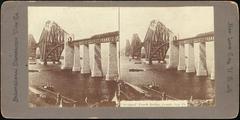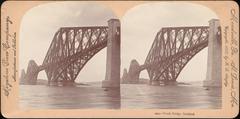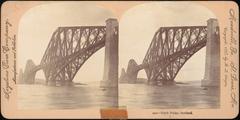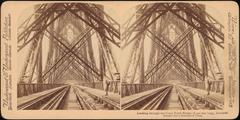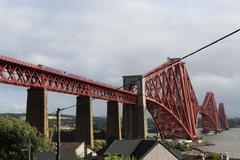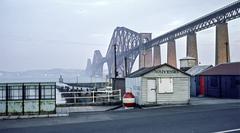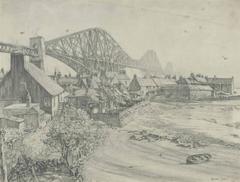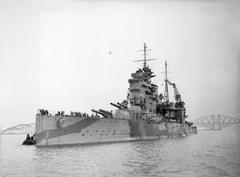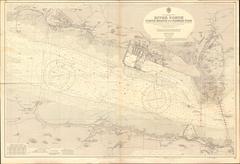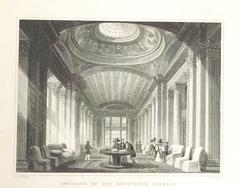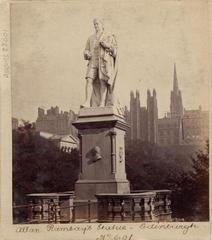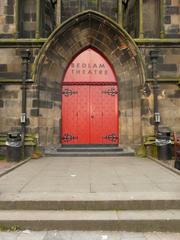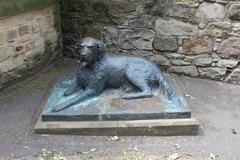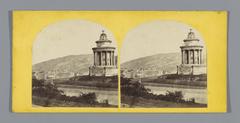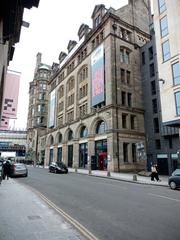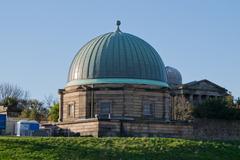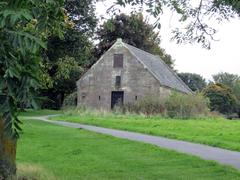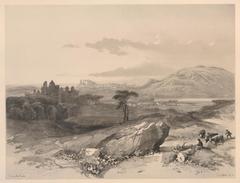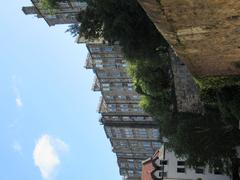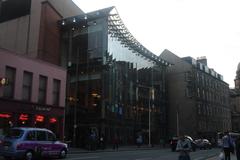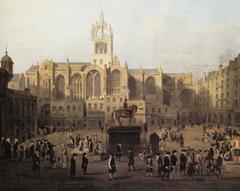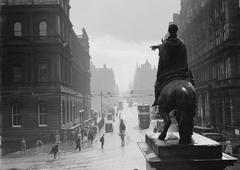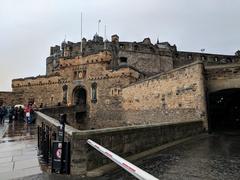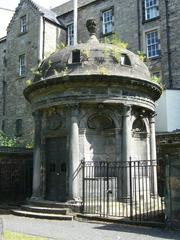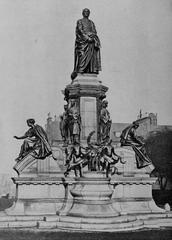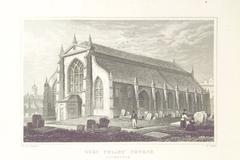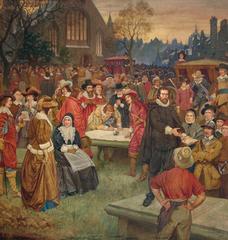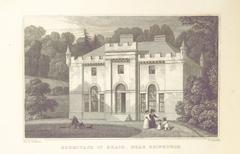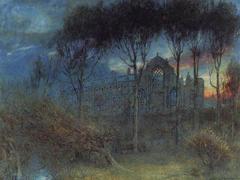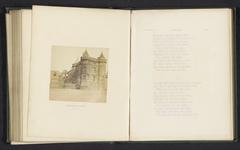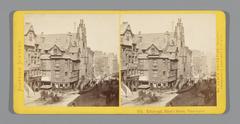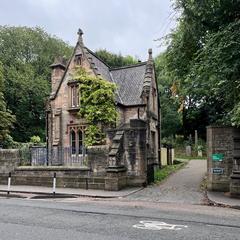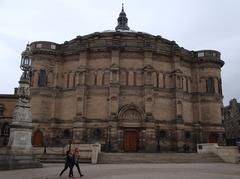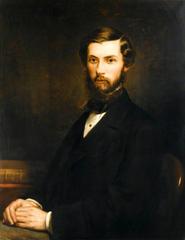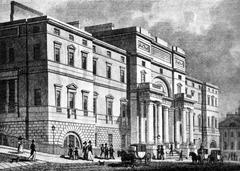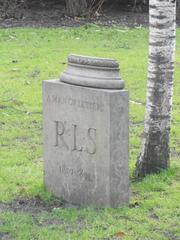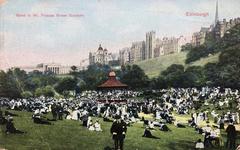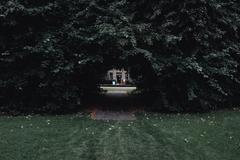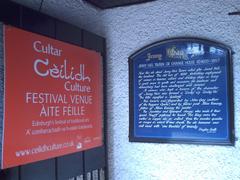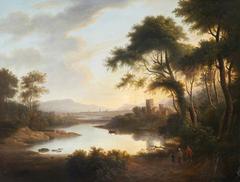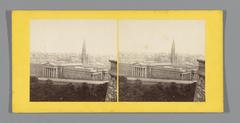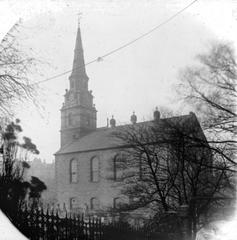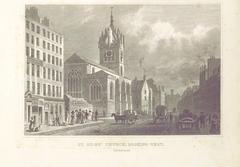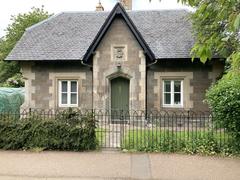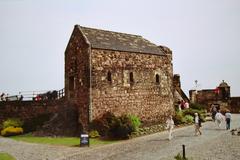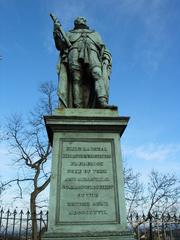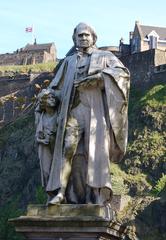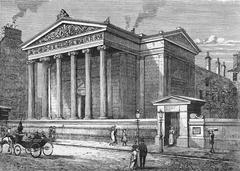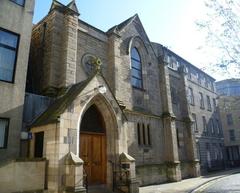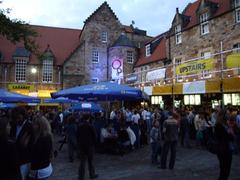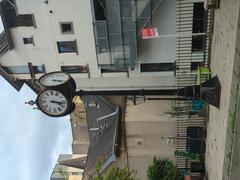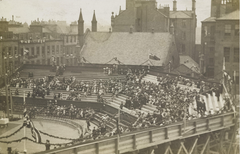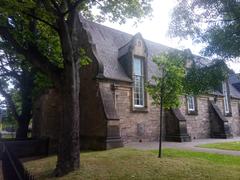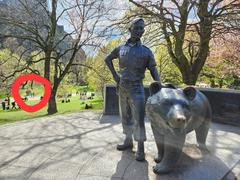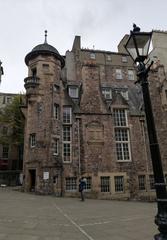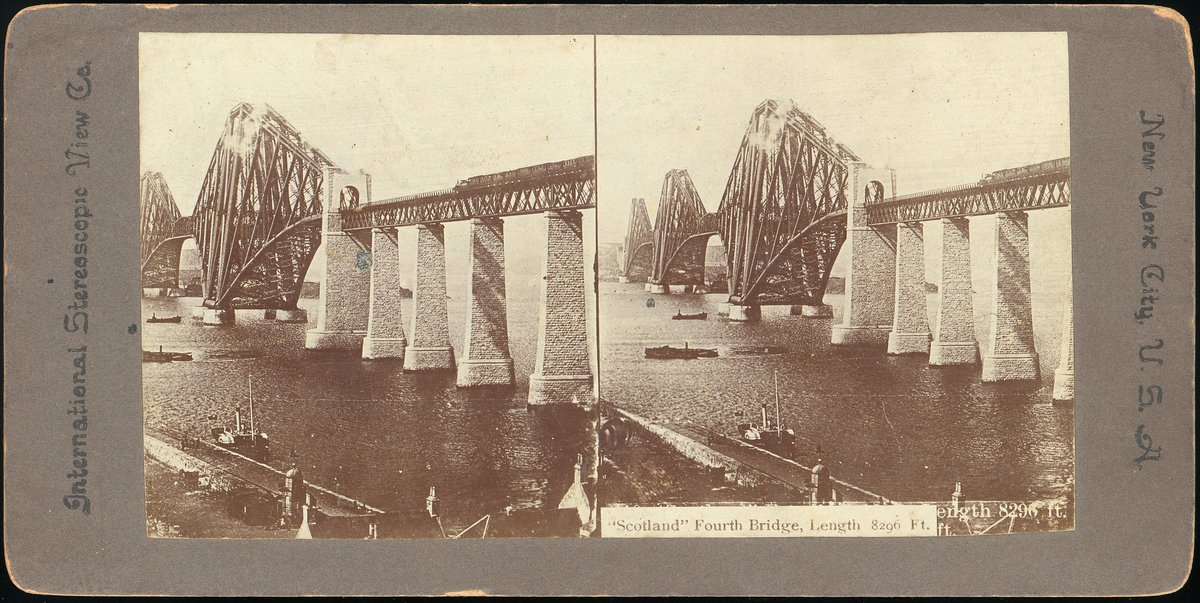
Comprehensive Guide to Visiting Forth Bridge, Edinburgh, United Kingdom
Date: 18/07/2024
Introduction
The Forth Bridge, an iconic cantilever railway bridge located in Scotland, spans the Firth of Forth, connecting Edinburgh with Fife. Recognized as an engineering marvel and a symbol of Scottish heritage, the Forth Bridge has captivated the imagination of both locals and visitors alike. Completed in 1890, the bridge’s construction was a response to the need for a reliable railway connection across the Firth of Forth, which was previously served by a ferry service often disrupted by adverse weather conditions. Designed by engineers Sir John Fowler and Sir Benjamin Baker, the Forth Bridge was the first major structure in Britain to be constructed using steel, a testament to its innovative design and engineering (Historic Environment Scotland) (Institution of Civil Engineers). The bridge’s cantilever design, featuring three double cantilevers connected by two central girders, allowed it to span a total length of 2,467 meters, making it a dominant feature of the landscape. In 2015, the Forth Bridge was inscribed as a UNESCO World Heritage Site, recognizing its outstanding universal value and its significance as a masterpiece of human creative genius. This guide will provide a comprehensive overview of the Forth Bridge’s history, visitor information, nearby attractions, and practical tips to ensure a memorable visit.
Table of Contents
- Introduction
- Historical Importance
- Visitor Information
- Nearby Attractions
- Safety Tips
- Local Customs and Etiquette
- FAQ
Historical Importance
Early Conception and Design
The idea for a bridge over the Firth of Forth dates back to the early 19th century. However, serious proposals didn’t take shape until the mid-1800s. The initial design by Thomas Bouch was abandoned after the Tay Bridge disaster in 1879.
The Final Design and Construction
In 1881, Sir John Fowler and Sir Benjamin Baker revived the project with a cantilever design. Construction began in 1882 and was completed in 1890, involving over 4,600 workers and costing £3.2 million, equivalent to approximately £400 million today (Historic Environment Scotland).
Engineering Marvel
The Forth Bridge was the first major structure in Britain to be constructed of steel, using approximately 54,000 tons of the material. The bridge’s total length is 2,467 meters (8,094 feet), with the longest span measuring 521 meters (1,710 feet) (Institution of Civil Engineers).
Cultural Significance
The Forth Bridge holds a special place in Scottish culture and heritage. It is widely regarded as a symbol of Scotland’s industrial prowess and engineering excellence. The bridge has been featured in numerous works of art, literature, and film, and it continues to inspire awe and admiration among visitors and locals alike. In 2015, the Forth Bridge was inscribed as a UNESCO World Heritage Site, recognizing its outstanding universal value and its significance as a masterpiece of human creative genius.
Visitor Information
Getting There
The Forth Bridge is located approximately 14 kilometers (9 miles) west of Edinburgh city center. Visitors can reach the bridge by various means:
- By Train: The nearest station is North Queensferry, which is just a short walk from the bridge. Trains run frequently from Edinburgh Waverley Station, and the journey takes about 20 minutes. For schedules and ticket information, visit the ScotRail website.
- By Car: The bridge is accessible via the A90 and M90 motorways. There are parking facilities available in North Queensferry and South Queensferry. Be sure to check for any parking restrictions or fees.
- By Bus: Several bus services operate between Edinburgh and the Forth Bridge area. Check the Lothian Buses website for routes and schedules.
Best Times to Visit
- Seasonal Considerations: The Forth Bridge can be visited year-round, but the best time to visit is during the spring (April to June) and autumn (September to October) when the weather is mild, and the surrounding landscapes are particularly picturesque.
- Time of Day: Early morning or late afternoon are ideal times to visit for the best lighting conditions for photography. Sunset views are particularly stunning, with the bridge illuminated against the evening sky.
Viewing Points
- North Queensferry: This small village offers some of the best views of the Forth Bridge. The North Queensferry Harbour Light Tower is a popular spot for photography.
- South Queensferry: The town of South Queensferry provides several excellent vantage points. The Hawes Pier and the Forth Road Bridge pedestrian walkway offer panoramic views of the Forth Bridge.
- Inchgarvie Island: For a unique perspective, consider taking a boat tour that includes a stop at Inchgarvie Island, located directly beneath the bridge. Several companies offer guided tours, such as Forth Boat Tours.
Guided Tours
- Walking Tours: Several companies offer guided walking tours that provide historical insights and detailed information about the bridge’s construction and significance. Check out Edinburgh Walks for available tours.
- Boat Tours: To experience the bridge from the water, consider a boat tour. These tours often include commentary on the bridge’s history and engineering. Maid of the Forth offers popular boat tours that depart from South Queensferry.
Photography Tips
- Equipment: A DSLR or mirrorless camera with a wide-angle lens is ideal for capturing the full span of the bridge. A tripod is recommended for stability, especially for long exposure shots during low light conditions.
- Angles and Composition: Experiment with different angles and compositions. The bridge’s unique cantilever design offers numerous opportunities for creative shots. Consider including elements of the surrounding landscape or water to add depth to your photos.
- Lighting: The golden hours (shortly after sunrise and before sunset) provide the best natural lighting. For night photography, the bridge is illuminated, creating a dramatic effect against the night sky.
Accessibility
- Mobility: The viewing points in both North and South Queensferry are generally accessible, with paved paths and ramps. However, some areas may have uneven terrain, so it’s advisable to check specific accessibility information in advance.
- Facilities: Public restrooms are available in both North and South Queensferry. Additionally, there are several cafes and restaurants in the area where visitors can rest and enjoy refreshments.
Nearby Attractions
Forth Road Bridge
Adjacent to the Forth Bridge, the Forth Road Bridge is also an engineering marvel worth exploring. It features a pedestrian walkway with stunning views of the Forth Bridge.
Queensferry Crossing
The newest of the three bridges, the Queensferry Crossing, is a cable-stayed bridge that opened in 2017. It is the longest three-tower, cable-stayed bridge in the world.
Deep Sea World
Located in North Queensferry, Deep Sea World is Scotland’s national aquarium and offers a fascinating underwater experience. For more information, visit the Deep Sea World website.
Safety Tips
- Weather Conditions: The weather in Scotland can be unpredictable. Dress in layers and be prepared for rain, even in the summer months. Check the weather forecast before your visit.
- Footwear: Wear comfortable, sturdy shoes, especially if you plan to walk along the paths and trails around the bridge.
- Personal Safety: While the area is generally safe, it’s always a good idea to stay aware of your surroundings and keep your belongings secure.
Local Customs and Etiquette
- Respect the Environment: The Forth Bridge is a UNESCO World Heritage Site. Help preserve its beauty by not littering and respecting the natural surroundings.
- Photography Etiquette: Be mindful of other visitors when taking photos. Avoid blocking pathways or obstructing views for extended periods.
- Interacting with Locals: The residents of North and South Queensferry are generally friendly and welcoming. A polite greeting and a smile go a long way in making your visit enjoyable.
FAQ
-
What are the visiting hours for the Forth Bridge?
- The bridge itself can be viewed at any time, but visitor centers and guided tours may have specific hours. Check local listings for specific times.
-
Do I need to buy tickets to visit the Forth Bridge?
- Viewing the bridge is free, but guided tours and visitor centers may have associated costs.
-
How do I get to the Forth Bridge from Edinburgh?
- The bridge is easily accessible by train from Edinburgh or by car with ample parking nearby.
-
Are there any special events at the Forth Bridge?
- Yes, the bridge often serves as a backdrop for local events and celebrations. Check local listings for upcoming events.
-
Is the Forth Bridge wheelchair accessible?
- Many viewing points in North and South Queensferry are accessible, but some areas may have uneven terrain. It’s advisable to check specific accessibility information in advance.
Conclusion
The Forth Bridge stands as a monumental achievement in engineering and a proud symbol of Scotland’s industrial heritage. Its innovative cantilever design and steel construction set new standards in engineering and safety, making it an enduring icon of human ingenuity. Beyond its structural significance, the Forth Bridge has played a crucial role in the economic development of the region, facilitating trade, commerce, and tourism. As a UNESCO World Heritage Site, the bridge continues to attract visitors from around the world, offering stunning views and a rich historical experience. Whether you are a history enthusiast, an engineering aficionado, or simply a curious traveler, the Forth Bridge promises a captivating and educational visit. Be sure to explore the surrounding areas, engage in guided tours, and capture the bridge’s majestic beauty through photography. By following the tips and guidelines provided, you can ensure a safe, enjoyable, and enriching experience at one of Scotland’s most iconic landmarks. For more information and updates, download our mobile app Audiala, check out related posts, or follow us on social media (VisitScotland) (ScotRail) (Lothian Buses).
References
- Historic Environment Scotland. (n.d.). https://www.historicenvironment.scot/
- Institution of Civil Engineers. (n.d.). https://www.ice.org.uk/
- VisitScotland. (n.d.). https://www.visitscotland.com/
- ScotRail. (n.d.). https://www.scotrail.co.uk/
- Lothian Buses. (n.d.). https://www.lothianbuses.com/
